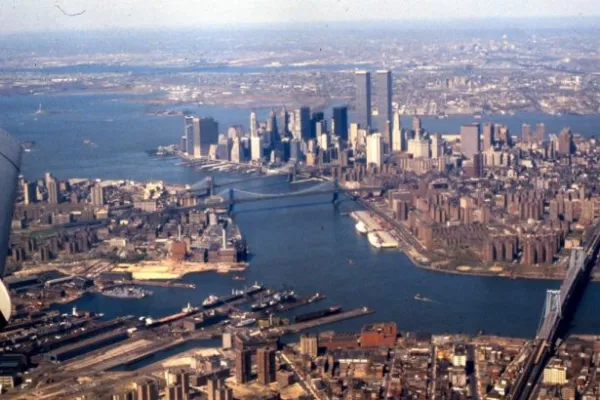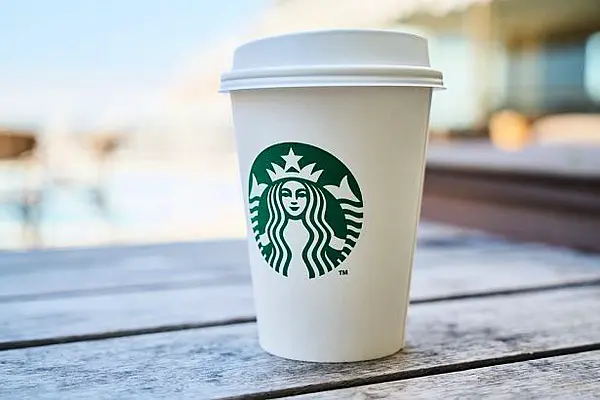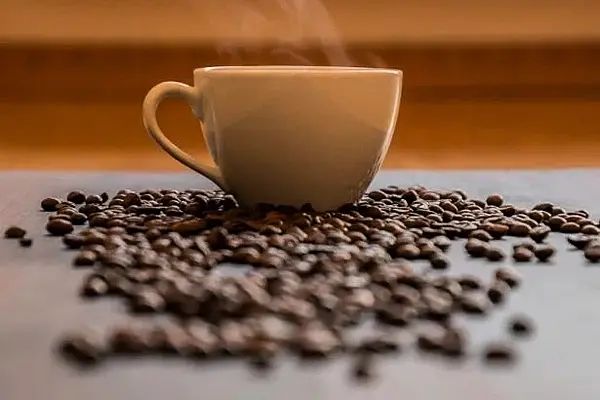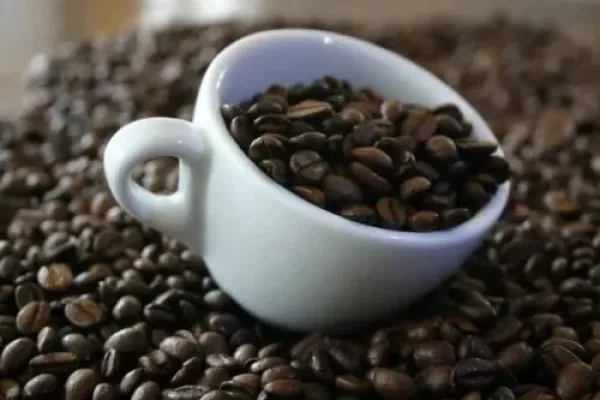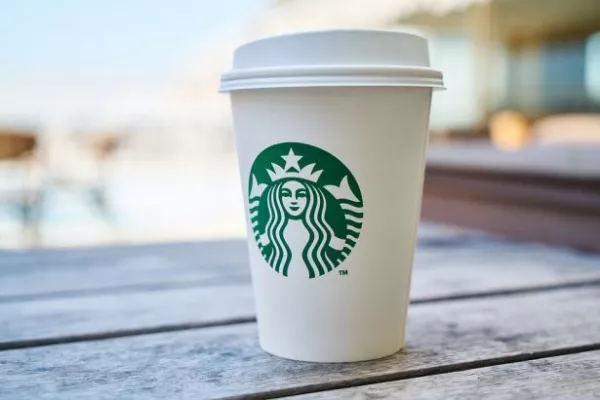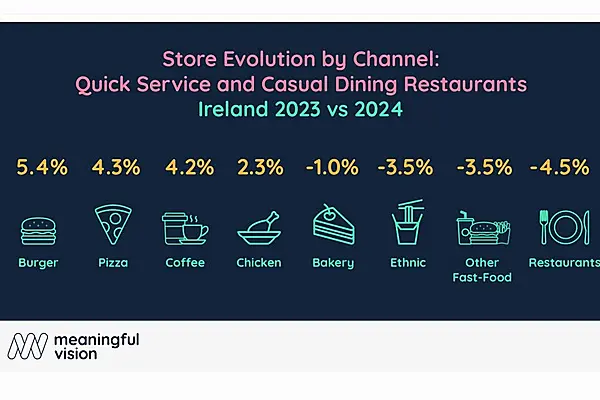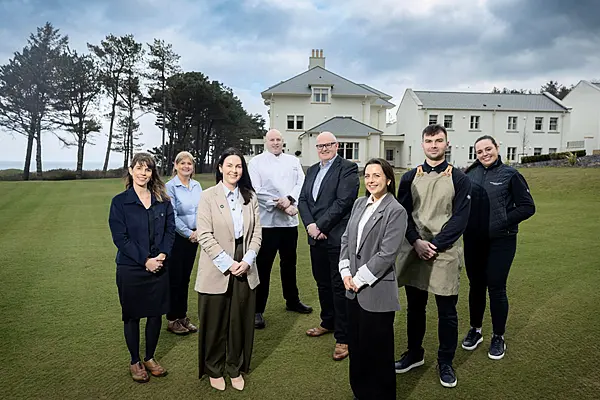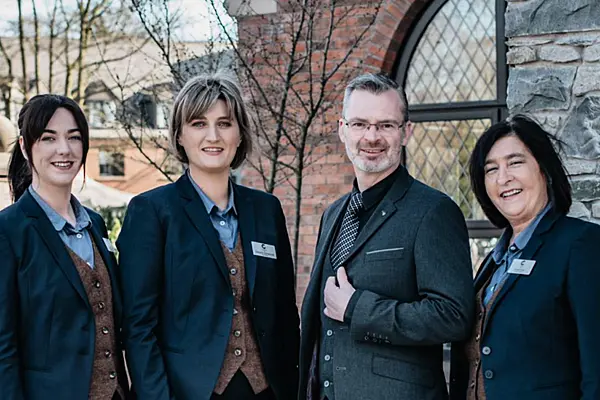As museums become ever more expensive to build—and to visit—it makes sense that the stereotype of the museum café is also undergoing a metamorphosis. “People think an institution is just fated to have ‘institutional’ food, but a fantastic museum should have food to match,” says Sonja Finn, the Pittsburgh chef recently tasked with running the culinary program at the Carnegie Museum of Art. Around the world, that sentiment is increasingly the case, as top-flight museums now are more likely to serve house-made charcuterie and Grüner Veltliner than Super Pretzels and Snapple. Here’s where to find them.
Spiritmuseum, StockholmWhen the Spiritmuseum (dedicated to drinks, not ghosts) opened on the island of Djurgården, Sweden, its light-filled, stone-and-beam restaurant served as a homecoming for Petter Nilsson. The chef returned from 15 years cooking in Paris, most notably at La Gazzetta, the acclaimed neo-bistro he co-owned. “A friend of our family is the head of the city theater in Stockholm, and the museum moved into where that theater used to be,” Nilsson told Eater in 2014. “It was a good coincidence.” After admiring the Absolut art collection or an aquavit tasting, museum-goers can settle into ingredient-centric, season-specific Nordic dishes. In spring, try the grilled mackerel greened with wild garlic; go for venison with sunchoke, vinegar, and dill in winter. There is also a full tasting menu, plus a bar that serves such snacks as paté with pickles and herring toast all day.
SFMOMA, San FranciscoRecently knighted by the San Francisco Chronicle as the restaurant of the year, In Situ opened in July as an expansion of the city’s Museum of Modern Art. “Any place that offers food, from museums to sports stadiums, wants to up their game a bit and offer something memorable,” says chef/owner Corey Lee. Thanks to a concept in which Lee and his team faithfully recreate famous dishes from chefs around the world, dinner might begin with the fermented lettuce "sandwich" from Realæ in Copenhagen, then move to Roy Choi’s braised kalbi stew, and end on Massimo Bottura’s splattered lemon tart.
Carnegie Museum of Art, PittsburghEven before opening up a restaurant in the Carnegie Museum of Art, Pittsburgh chef Sonja Finn spent a lot of time in museums, “first as a child, then most recently with my son, who learned to walk on the wide, carpeted aisles of the Natural Museum’s Hall of Dinosaurs.” Afterward, Finn and her family would go for lunch in the museum’s restaurant. “I would look around and think how wonderful it would be for [it] to be my restaurant.” As of December, it is. When the museum was redeveloping its food service, Finn got a call and jumped at the chance. “I was ecstatic,” she says. Open for lunch and brunch, Café Carnegie’s menu includes Pennsylvania cheddar gougères, cinnamon-scented shakshouka, and roasted lamb sandwiches on chef de cuisine Becca Hagerty’s outstanding house-baked Pullman loaves.
The Met Breuer, New York“Our restaurants are very specific to their location,” says Thomas Carter, the restauranteur behind Estela, Café Altro Paradiso, and, since October, a Flora Bar & Flora Coffee inside the Met Breuer’s brutalist paperweight. “Estela is only Estela because it’s a parlor-level space in Nolita. Café Altro is only what it is because it’s on 6th and Spring across from a park.” Similarly, Flora Bar & Flora Coffee, which he runs with chef/collaborator Ignacio Mattos, could only be themselves within the physical constraints of the museum. Venting limits dictate the menu’s proclivity for chilled seafood, salads, and tapas that easily befriend the wine list that Carter, former wine director at Blue Hill at Stone Barns, has assembled. This might be the only museum in the world where you can uncork a 1992 Peter Lauer sparkling Riesling to go with your shiso-flecked lobster crudo.
National Museum of African American History & Culture, Washington, D.C.The name has the quaint ring of a place where you’d eat pancakes while on vacation in Vermont or Kentucky horse country, but the cooking is legit at Sweet Home Café, the restaurant at the most talked-about museum in Washington, D.C. A partnership between Restaurant Associates Thompson Hospitality, the country’s largest minority-owned food service company, operates the 400-seat cafeteria, with chef Jerome Grant in charge of the food. (Grant is no stranger to museums; he previously was at the Museum of the American Indian’s noteworthy Mitsitam Café). Such dishes as hoppin’ john, gumbo with Carolina Gold Rice, and pepperpot soup and oyster pan-roast make up the options among four stations, each representing a different region that together tells the culinary story of black Americans from the plantation to the Great Migration.
Rijksmuseum, AmsterdamAmsterdam’s Rijksmueum has more than 30 galleries of Golden Age Dutch art, 350 ancient artifacts in its Asia Pavilion, a 19th-century greenhouse growing “forgotten” vegetables, and, since December, one Michelin star for its restaurant, RIJKS. Chef Joris Bijdendijk was only 30 when he became the executive chef of the restaurant, which made its debut in 2014 in the museum’s exhibition wing as part of a decade-long renovation. His cooking celebrates Dutch product and slow-food principles, while also nodding to the country’s deep trading roots—think aji amarillo in mussels and ginger in glazed sweetbreads. He runs an open kitchen, too, with guest chefs such as Berlin’s Tim Raue and and Taiwan’s André Chiang invited to collaborate on dishes, some of which remain on the menu.
The Jewish Museum, New YorkAs the family stewards of 102-year-old bagels-and-lox icon Russ & Daughters, cousins Josh Russ Tupper and Niki Russ Federman have been busy. Three years ago they opened their Café on Orchard Street, and last February, a kosher Upper East Side satellite tucked below the lobby of the Jewish Museum. It’s an obvious symbiosis (see also Wise Sons Deli at San Francisco’s Jewish Museum), with visitors migrating downstairs for the lush smoked sable, chubby blintzes, and buckwheat varnishkes. But Upper East Siders very much view this white-on-white bunker as their savior from taking the train downtown; the lines at the counter for weekend bagel and babka hauls are no joke.
News by Bloomberg, edited by Hospitality Ireland
